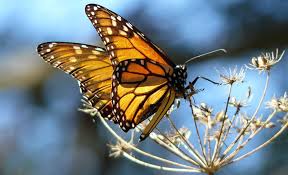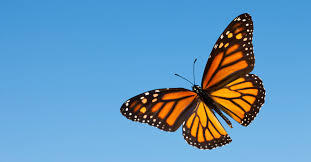Although agrochemical products, pesticides and genetically modified crops are today part of everyday life for those who live in the countryside, they are relatively new…

Asclepias

A new study (abstract below) has found that the monarch butterfly population in the US has “a substantial probability of quasi-extinction, from 11–57% over 20 years”. The…

On May 20 1999, Nature magazine sounded what might have been the death knell of the biotech food industry. A short paper in the respected British science…

The monarch butterfly is a wonderful creature with an amazing story. In late summer, monarchs in southern Canada and the U.S. northeast take flight, travelling over 5,000 kilometres…